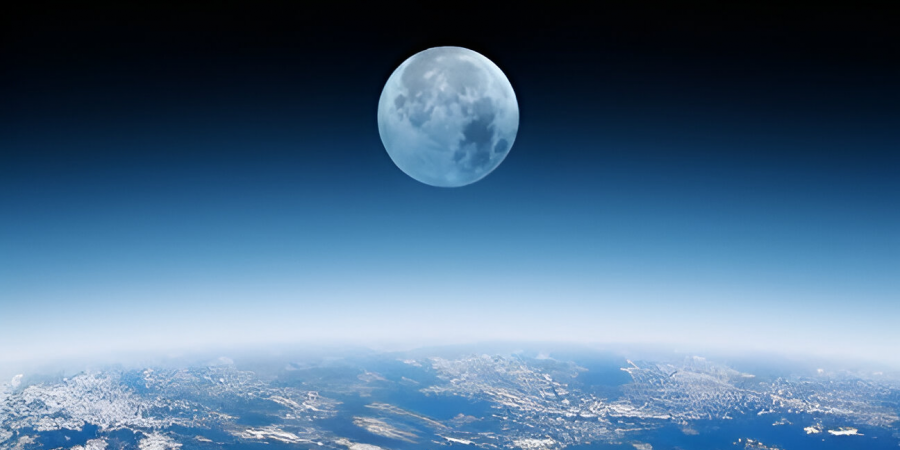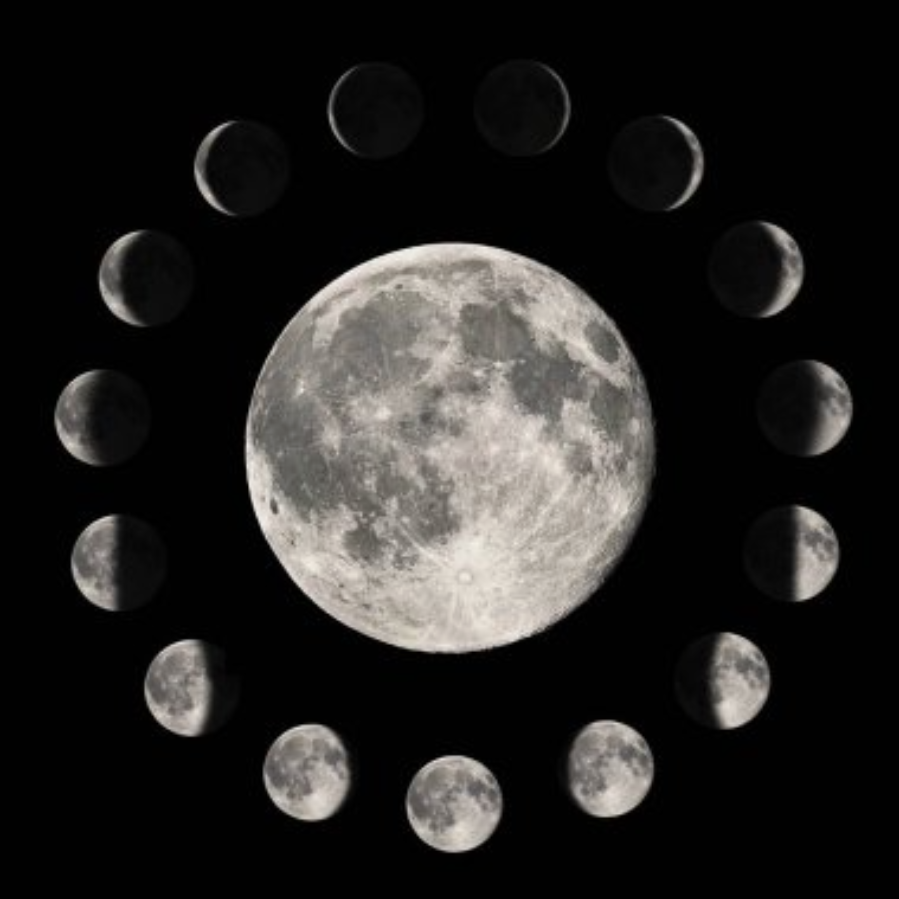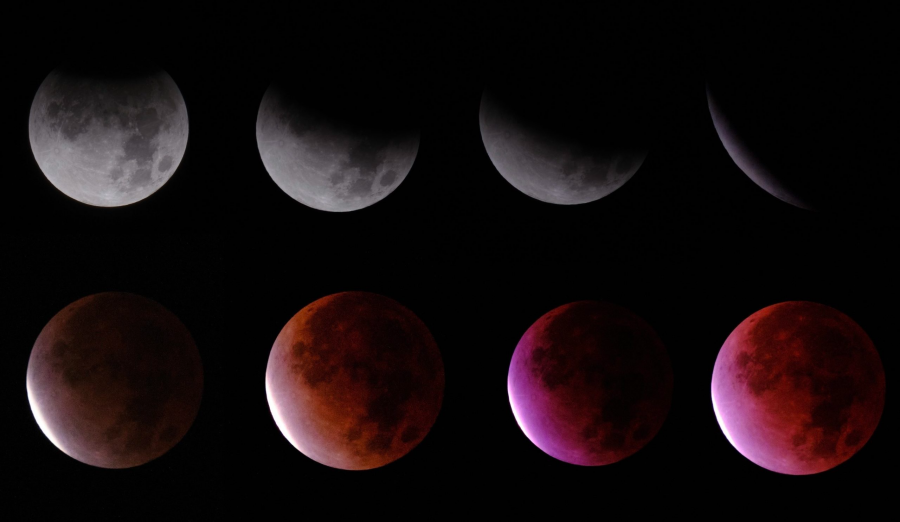

The Moon is the closest major celestial body to Earth and its only natural satellite. It is a spherical rocky body that revolves around Earth in a somewhat eccentric orbit at a mean distance of roughly 384,000 km (238,600 miles), most likely with a small metallic core. 1,738 km is its equatorial radius (1,080 miles).The diameter of the moon, an astronomical body, is approximately 3475 kilometers. Life has not yet been discovered on the moon. The lack of atmosphere on the moon makes it uninhabitable for humans. The moon has historically inspired a large number of writers, painters, and poets to produce some of history's greatest works.

Fun Facts About Moon
01 Orbit: The Moon travels 384,400 kilometers around Earth on average.
02 Surface: Like Mercury, the Moon has a stony surface that is pocked with craters.
03 Temperature: Because there is no atmosphere, it varies from -173°C to 127°C.
04 Atmosphere: Almost nonexistent, with traces of helium and neon gasses.
05 Magnetic Field: Not as powerful as the Earth's, only around 1/100th of it.
06 Missions: Humans visited the Moon with Apollo missions such as Apollo 11.
The moon most likely created from a massive impact. The position of the moon determines its phases. In reality, the moon's "dark" side is not truly dark. The tides are created and altered by the moon. The moon is likewise affected by Earth's gravity. The moon is gradually slipping away from Earth.

The new moon, first quarter, full moon, and last quarter—also referred to as the third or final quarter—occur when the Moon's ecliptic longitude is at an angle of 0°, 90°, 180°, and 270° to the Sun (as viewed from the center of the Earth, respectively—are the four principal (primary, or major) lunar phases.The shifting positions of the Sun, Earth, and Moon are what cause the moon's phases. Different areas of the Earth are lit by the Sun as the Moon orbits the planet.Phases of the Moon are the many forms of the illuminated area of the Moon seen from Earth. Each phase lasts for 29.5 days before repeating. The eight lunar phases are, in order: new moon, waxing crescent, first quarter, waxing gibbous, full moon, waning gibbous, third quarter and waning crescent.

The Moon turns red during a lunar eclipse because only sunlight that gets through Earth's atmosphere can reach the Moon. The Moon will appear redder during the eclipse the more dust or clouds there are in Earth's atmosphere. It appears as though the Moon is projected with all of the sunrises and sunsets on Earth.However, purple, blue, and green get brighter in low light, whereas red and orange become muted and dark. This phenomena can be enhanced by the sudden, dramatic darkening of sunlight during a total solar eclipse, adding to the surreal nature of such events

“So imagine that the lovely moon is playing just for you." …. 🌕
THANK YOU FOR READING!!!
follow me!




